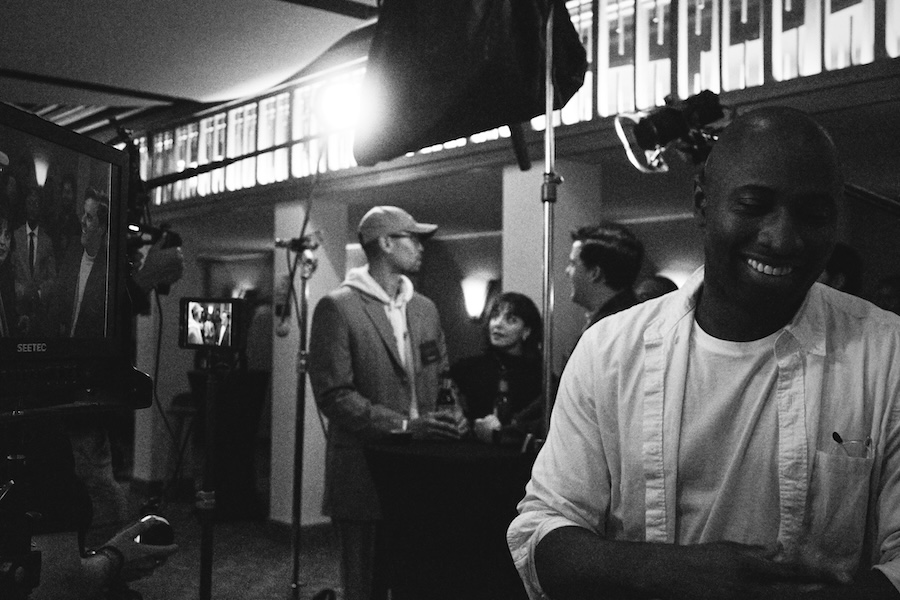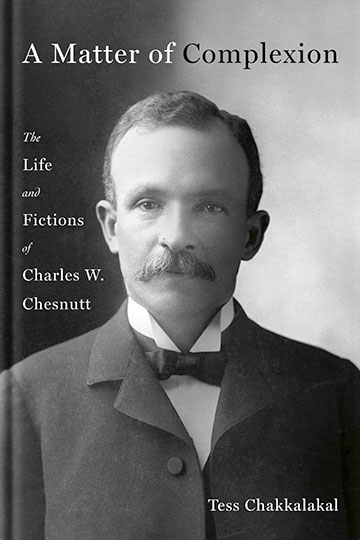Portraying Appalachia: How the Movies Can Get it Wrong
By Tom PorterMeredith McCarroll grew up outside Asheville, North Carolina, in the heart of the mountainous region known as Appalachia: an area stretching from Pennsylvania to Mississippi, touching thirteen states, and home to an estimated 25 million people.
McCarroll, who’s director of writing and rhetoric at Bowdoin’s Center for Learning/Teaching, never really thought too deeply about how others might perceive her cultural roots until she moved away. “To me, Appalachia was a place of diversity and complexity with a rich and proud culture. But when I moved away after graduation, I became aware of how powerful people’s negative impressions were of Appalachian people, and most of these ‘hillbilly’ stereotypes were gleaned from the movies.”
She jokes about how people, on first meeting her, would often try to make banjo noises and quote lines from John Boorman’s classic 1972 thriller Deliverance, which is about a group of city-slickers who go on a canoeing trip in rural Appalachia—northern Georgia to be precise—and end up fighting for their lives after encountering some very unfriendly locals.
“At first I thought it was kind of funny, then realized there was no followup comment—maybe something positive about a nice camping trip they had, or Asheville’s thriving cultural scene and great restaurants.” Still more annoying, said McCarroll, was the surprise expressed by some people when they learned she had a PhD and was well-traveled.
McCarroll accepts that all regions and their inhabitants are subject to being stereotyped, from the California “surfer dude” to the Italian-American “wise guy” on the streets of New York. But when it comes to Appalachia, some very negative, sinister, and above all inaccurate attributes are used. “Appalachians in the movies are often portrayed as being morally and sexually depraved, lawless and violent—all of which shows the region as a fantasy.” They are also depicted as consistently being white, said McCarroll, which is another inaccuracy, given the racial diversity that exists within the Appalachian region.
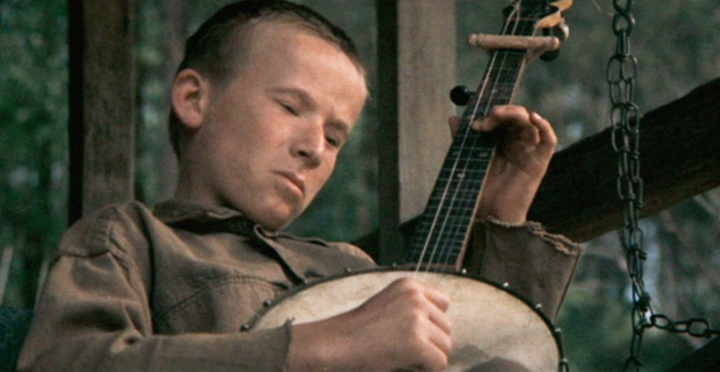
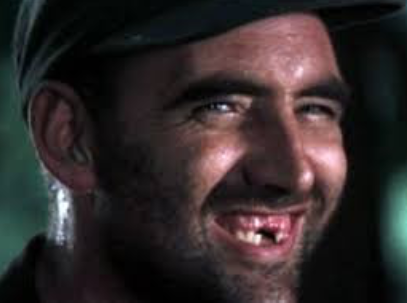


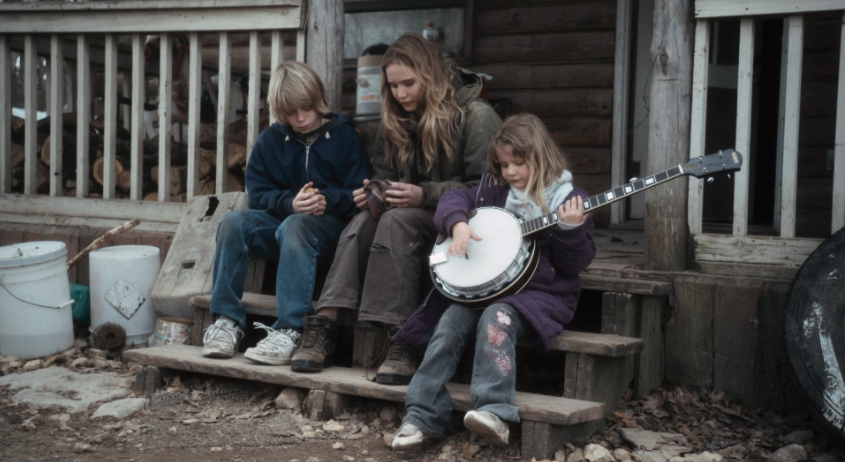

All of which prompted McCarroll to start writing a book on the subject, which is under contract with University of Georgia Press and due out in spring 2018. The book is called Unwhite: Appalachia, Race and Film. “Its central argument is that Appalachian people in cinema have been portrayed as phenotypically white, but using the same tropes that have long been used to portray non-whites in film.”
In her research, McCarroll compares the way Appalachian people are stereotyped to the way that African-American, Hispanic-American and Native-American people are depicted. “The similarity in the way these groups are portrayed draws a connection between the treatment of non-whites and the treatment of Appalachians, both of which maintain and protect a particular image of whiteness.
“Appalachia, therefore, exists in the imagination of many passive consumers of these depictions, as somewhere between white and non-white. The term unwhite, I hope, evokes this precariously constructed position that at once relies on othering and erases its racial context.”
Examples of negative and unfair stereotypes
Negative portrayals of Appalachians on cellulose started long before Deliverance was made. “One of the earliest examples is a thirteen-minute silent movie made in 1904 called The Moonshiner. It’s a simplistic plot, as many silents films are, based around the idea of making moonshine and escaping the law, and it’s a plot which plays out repeatedly in the movies.” McCarroll pointed out that of the thousand or so movies she’s cataloging, more than half can be categorized as “moonshining” films.
This theme was revisited more than a century later in the 2012 movie Lawless, starring Tom Hardy and Shia LaBeouf, and inspired by real-life prohibition-era distillers, the Bondurant brothers of southwest Virginia. “Here, as in many of the old westerns, the outlaws are portrayed as the heroes, while the true villain of the piece is a corrupt lawman.”
The outlaws maybe be heroized in one sense, said McCarroll, but they still exhibit extremely violent behavior, and are depicted as living on the edge of society. “The film re-inforces this idea of Appalachian people who are living not just ‘off the grid,’ but ‘off the moral grid,’ finding ways to survive by all means necessary, often outside legal boundaries.”
This idea of Appalachian mountain folk living outside societal norms, relying on their wits and strong sense of independence, has captured the movie-going public’s imagination in the same way that movies about the Wild West have done, she said. “In fact some have argued that once the West was ‘tamed’, the new lawless frontier to be tackled was back east, in the mountains of Appalachia.”
Movies that get in right
Not all cinematic portrayals of Appalachia are negative and inaccurate, said McCarroll, although those ones tend to be from outside the Hollywood mainstream. “In my book I do look for positive examples, and many of them are locally made documentary films.
“There’s a great organization based in Kentucky-based called Appalshop: They train people to make documentaries, and one of their aims is to challenge stereotypes in their representation of the region, simply by allowing more people to represent themselves.” She also cited Emmy-winning filmmaker Chad Stevens, also from Kentucky, whose 2015 documentary Overburden offers a nuanced view of the coal industry and its effect on the mountains of Appalachia.
One of the best non-documentary, narrative films to capture Appalachian life without resorting to stereotypes, said McCarroll, is Winter’s Bone (2010), which tells the story of a downtrodden but courageous teenager in the Ozark mountains, played by Jennifer Lawrence, as she struggles to take care of her younger siblings.
“Although set in the neighboring Ozarks, this movie captures an experience of Appalachia, albeit a dark one. There are, of course, stories to be told from Appalachia—and from many other places for that matter—concerning drug abuse, violence and poverty, and WInter’s Bone portrays these components very well. But that’s not the only story out there.”
Heroic Highlander: Lawless (Dir. John Hilcoat, 2012), Next of Kin (Dir. John Irvin, 1989), Songcatcher (Dir. Maggie Greenwald, 2000), Killing Season (Dir. Mark Steven Johnson, 2013)
Lazy Hillbilly: Our Hospitality (Dir. Buster Keaton, 1923), Kentucky Moonshine (Dir Darryl Zanuck, 1938)
Drudge: Sergeant York (Dir. Howard Hawks, 1941), Cold Mountain (Dir. Anthony Minghella, 2001), The Dollmaker ( Dir. Daniel Petrie, 1984)
Feist: A Mountain Wife (Dir. G. Méliès,, 1910), Bonnie of the Hills, 1911; A Mountain Tragedy, 1912, Nell (Dir. Michael Apted, 1994)
Movies that get it better—a selection
Wild River (Dir. Elia Kazin, 1960)
Medium Cool (Dir. Haskell Wexler, 1969)
Norma Rae (Dir. Martin Ritt, 1979)
Matewan (Dir. John Sayles, 1987)
Stranger with a Camera (Dir. Elizabeth Barret, 2000)
Winter’s Bone (Dir. Debra Granik, 2010)
Hollow (Dir. Elaine McMillian Sheldon, 2013)


